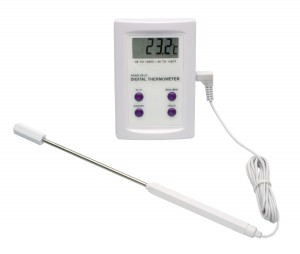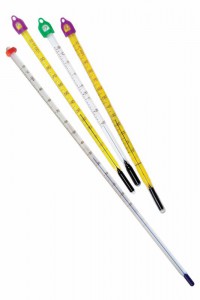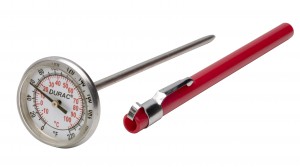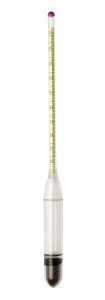
Leap Year Keeps Things Accurate
Does anyone else still recite this poem to remember how many days are in each month?
Thirty days hath September,
April, June and November;
All the rest have thirty one --no wait!
February's days count 28!
Except in leap year, that's the time
When February's days count 29
Do you remember why the calendar leaps like a frog every 4 years?
1 Calendar Year 365 days VS. 1 Solar Year (the time it takes for Earth to orbit the sun) about 365.25 days
When did we figure out we needed this extra day?
Way back in 46 B.C., Julius Caesar realized the calendar they were following wasn't working. So he consulted with an astronomer. Together they realized what the Egyptians had already discovered -- that we needed that extra day every four years to stay on track. So he instituted the Julian calendar. But even that wasn't quite right.
So finally in 1582, Pope Gregory XIII fixed the glitch and instituted the Gregorian calendar which we still follow today. The 11 minutes difference in one year's rotation builds up. And that's why the pope had to intervene and say we have to tweak the Julian calendar one more time.
Might not seem like a big deal, but over time the extra 1/4 day can really add up! In order to remain accurate, an extra day is added to every 4th calendar year to keep in sync with our trips around the sun. (If you're a salaried employee, you're technically working an extra day for free)
*Bonus Fun Fact!
Because the solar year is not exactly 365.25 days, 3 extra days are accumulated every 4 centuries. To remove the extra time, February 29 in the three century years (multiples of 100) that cannot be exactly divided by 400 are removed.








Comments are closed.